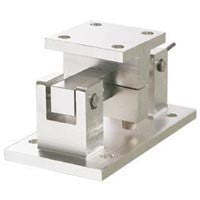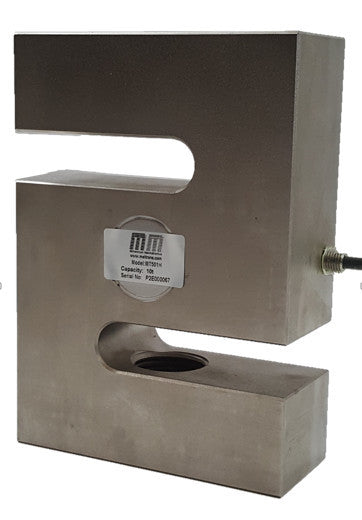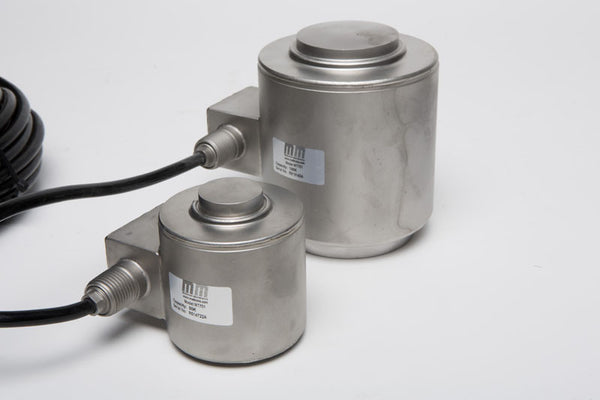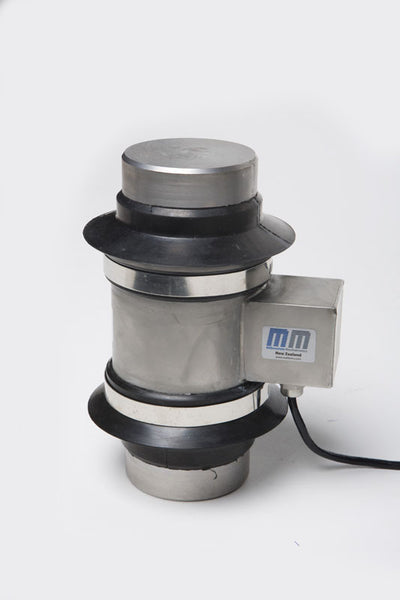Tank weighing scales are specialised devices used for accurately measuring the weight of tanks, silos and other large industrial containers. These scales play a crucial role in various industries, such as manufacturing, agriculture, chemicals and logistics, where precise weight measurements are essential for inventory management, quality control and safety.
Tank scales are designed to withstand heavy loads and provide reliable and accurate readings, making them indispensable tools in many industrial settings. They are built with robust construction and advanced technology to handle the unique challenges of weighing large containers.
Tank weighing scales are available in various configurations to accommodate different tank sizes, weights, and installation requirements. They can be mounted above ground, suspended from a structure, or integrated into the tank's support system.
They typically consist of load cells and sensors placed strategically underneath the tank to detect the weight. Load cells are engineered to convert the applied force into an electrical signal, then transmitted to a digital indicator or a computer system for display and recording.
7 Types of Load Cells Used in Tank Weighing System
1. Tank Weighing Assembly Load Cell
A tank weighing assembly refers to the complete setup or system used to measure the weight of a tank accurately. And a tank-weighing assembly load cell is designed as a key component for measuring the tank's weight and its contents. These load cells are engineered to withstand heavy loads and harsh environmental conditions in various industrial settings.
The load cells are strategically placed underneath the tank as individual cells or an integrated system to accurately sense and convert the applied force into an electrical signal. This signal is then transmitted to the digital indicator or computer system, which is processed and displayed as the tank's weight.

2. Shear Beam Load Cell
A shear beam load cell consists of a strain element that deflects under load. The load is applied perpendicular to the strain element, causing it to bend. The deflection is detected by strain gauges and converted into an electrical signal, providing a weight reading. These load cells offer excellent stability and are suitable for various tank sizes and capacities.

3. Capacitive Load Cell
Capacitance is a fundamental electrical property of all objects, defined as the ratio of the electric charge stored on an object to its associated voltage. And capacitive load cells employ changes in capacitance to measure weight.
They consist of two parallel plates, one fixed and the other attached to the load. As the load is placed or removed, the distance between the plates changes, resulting in a shift in capacitance. This change is converted into an electrical signal providing a weight measurement.
4. Double-Ended Shear Beam Load Cell
A double-ended shear beam load cell is similar to shear beam load cells but has load application points at both ends. This design provides improved load distribution and reduces the possibility of side-loading errors.
These load cells are commonly used in tanks where precision and accuracy are crucial. They are known for their robustness and ability to withstand heavy loads, making them suitable for large tanks and industrial applications.
5. S-Type Load Cell
S-beam or S-type load cells have an S-shaped structure. They offer versatility for many tank weighing systems and other applications where tension and compression forces must be measured.
These load cells offer excellent accuracy and linearity, making them ideal for precise weight measurement. Their unique design allows for easy installation and load application, making them popular in various industries.

6. Compression Load Cell
A compressive force is a mechanical stress that acts on an object to reduce its volume. It is the opposite of tension, which increases the length or size of an object. And compression load cells are specifically designed to measure compressive forces.
They are widely used in tanks to determine the contents' weight accurately. These load cells are built to withstand high-pressure environments and provide accurate weight measurements even under extreme conditions. They are commonly used in oil and gas manufacturing, chemical processing and food production.

7. Canister Load Cell
Column or canister load cells are heavy-duty load cells with high capacity and accuracy. They are constructed as cylindrical structures capable of measuring tension and compression forces. These load cells are commonly used in large-scale industrial applications such as bulk material handling, tank farms and silos.

In conclusion, the nine types of load cells used in tank weighing systems each offer unique features and benefits, making them suitable for various industrial applications. Using load cells in tanks has revolutionised how industries measure weight and have helped improve efficiency and productivity in many sectors.
Contact Meltrons Australia for tailor-fit load cells for your tank weighing needs!

